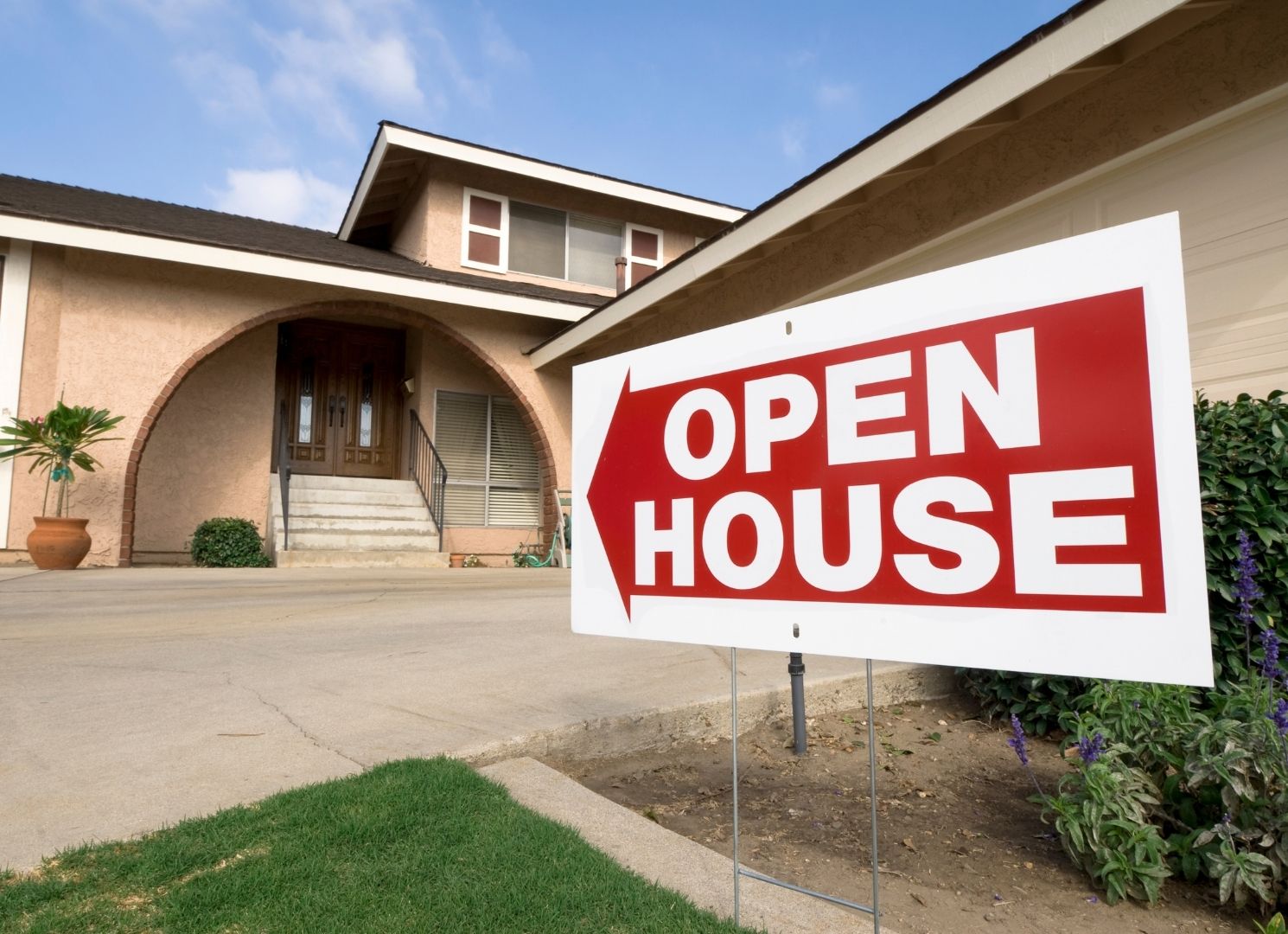 If you want to purchase a house, you will probably have to take out a mortgage. There are only a few people who have enough cash to purchase a house outright, so most will go to the bank for a loan. How do you know if the bank is giving you the best possible interest rate? Unfortunately, the bank does not always give you the best interest rate because the bank is looking for a way to make money. If they can get you to accept a higher interest rate, they will make more money on your home loan. What are some of the factors that dictate interest rates on loans, and how can you say money?
If you want to purchase a house, you will probably have to take out a mortgage. There are only a few people who have enough cash to purchase a house outright, so most will go to the bank for a loan. How do you know if the bank is giving you the best possible interest rate? Unfortunately, the bank does not always give you the best interest rate because the bank is looking for a way to make money. If they can get you to accept a higher interest rate, they will make more money on your home loan. What are some of the factors that dictate interest rates on loans, and how can you say money?
Bank Rates Are Dictated By Investors
In a lot of cases, mortgage rates are not necessarily dictated by banks, but they are dictated by investors. Many banks want to remove the risk of someone defaulting on their home loan, so they will sell the debt to an investor. This is a way for the banks to free up capital they can use to invest in other projects. Sometimes, the mortgage rates are dictated by the amount of money investors are willing to pay for this type of debt.
Interest Rates Are Always Forward-Looking
In other cases, banks will charge a higher interest rate because they are worried that rates will rise in the future. Essentially, the pricing on home loans right now is dictated by what banks think interest rates will be in the future. If the bank thinks that interest rates will go up, then it might raise interest rates now to hedge its risk.
How You Can Get A Better Interest Rate
There are a few ways you can get the bank to give you a better interest rate. First, make sure your credit report is in order. Maximize your credit score to get a better interest rate. Then, make sure you have enough money to put down. The more money you put down, the lower the interest rate you will get. Finally, ask about discount points. You might be able to pay some of the interest upfront in exchange for a lower interest rate over the life of the loan.
 There are a lot of people who are concerned about cost-of-living increases. If you are looking for a way to save money, reduce your utility expenses. One of the ways to do so is to use a smart thermostat. You can use a smart thermostat to exert greater control over when your HVAC unit is on and when it is not. Your thermostat can even tell your HVAC unit to stop running when you are not home, which can help you save a lot of money on your utility expenses.
There are a lot of people who are concerned about cost-of-living increases. If you are looking for a way to save money, reduce your utility expenses. One of the ways to do so is to use a smart thermostat. You can use a smart thermostat to exert greater control over when your HVAC unit is on and when it is not. Your thermostat can even tell your HVAC unit to stop running when you are not home, which can help you save a lot of money on your utility expenses. Inflation dominated last week’s economic readings and predictions as it hit a year-over-year growth rate of 9.10 percent in July. Inflation reached its highest year-over-year growth rate since 1981. Gasoline prices eased somewhat, but not enough to provide relief against a backdrop of high housing and food prices. Low and moderate-income consumers were disproportionately impacted as rents rose beyond near-record inflation and home prices remained out of reach for many would-be home buyers.
Inflation dominated last week’s economic readings and predictions as it hit a year-over-year growth rate of 9.10 percent in July. Inflation reached its highest year-over-year growth rate since 1981. Gasoline prices eased somewhat, but not enough to provide relief against a backdrop of high housing and food prices. Low and moderate-income consumers were disproportionately impacted as rents rose beyond near-record inflation and home prices remained out of reach for many would-be home buyers. When you’re just moving into a neighborhood, it can be hard to know exactly what you’re getting into. Certainly, you can see the sights for yourself and read about your new community online, but there are still things that may not be readily available. If you’re looking for the cold, hard facts on the safety of your neighborhood, look no further than the following websites for the things you’ll want to know.
When you’re just moving into a neighborhood, it can be hard to know exactly what you’re getting into. Certainly, you can see the sights for yourself and read about your new community online, but there are still things that may not be readily available. If you’re looking for the cold, hard facts on the safety of your neighborhood, look no further than the following websites for the things you’ll want to know. Right now, it is difficult for people to purchase a house. Prices are very high, inventory remains at record low levels, and this is contributing to bidding wars. Even though everyone is having a hard time finding a house, Millennials and Gen Z buyers are struggling more than other people. What are some of the biggest hurdles that these buyers need to overcome?
Right now, it is difficult for people to purchase a house. Prices are very high, inventory remains at record low levels, and this is contributing to bidding wars. Even though everyone is having a hard time finding a house, Millennials and Gen Z buyers are struggling more than other people. What are some of the biggest hurdles that these buyers need to overcome?  If you take a drive around your neighborhood, there is a high chance that you will see a bunch of houses for sale. All of a sudden, you feel a bit of curiosity strike you. You might not be looking to move, but you might want to go look at that house anyway. There is nothing wrong with doing so! There are several reasons why you should still go and take a look at houses that are for sale even if you are not looking to move.
If you take a drive around your neighborhood, there is a high chance that you will see a bunch of houses for sale. All of a sudden, you feel a bit of curiosity strike you. You might not be looking to move, but you might want to go look at that house anyway. There is nothing wrong with doing so! There are several reasons why you should still go and take a look at houses that are for sale even if you are not looking to move.